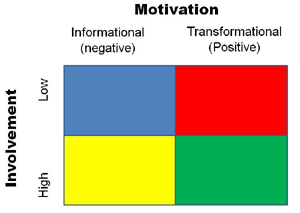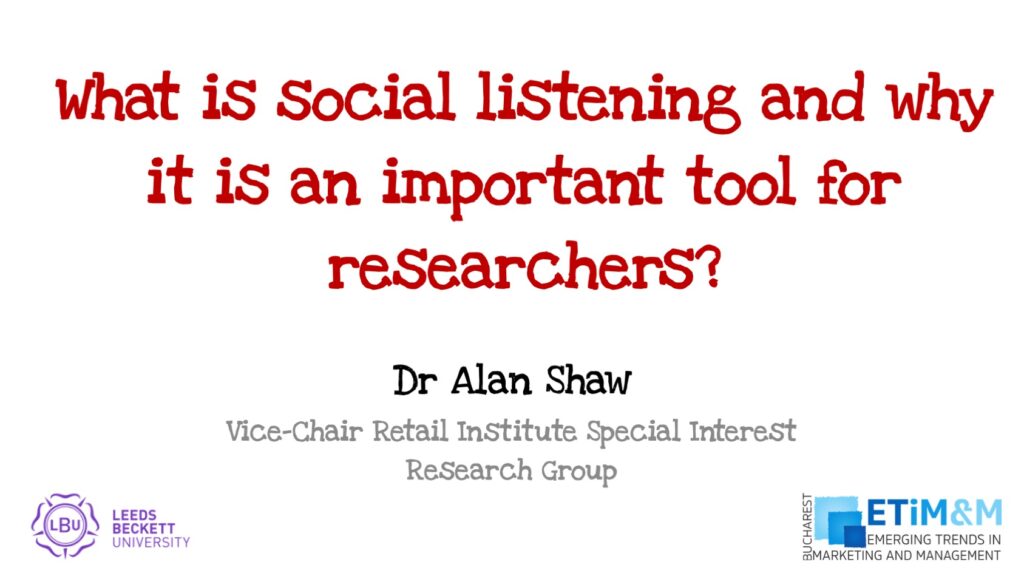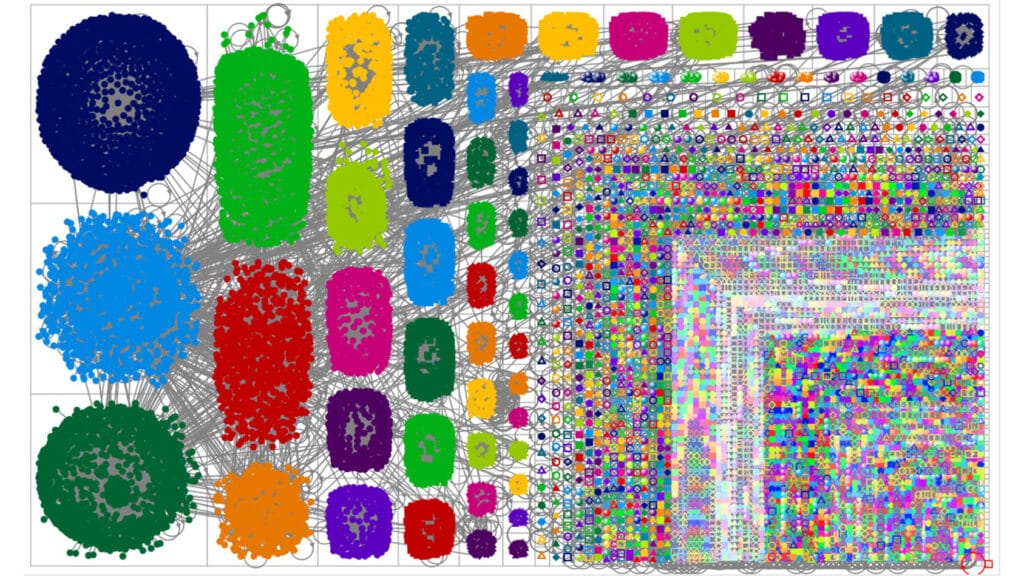Before a marketer begins an advertising campaign he/she must know if their brands are classified as low-involvement or high-involvement products. This marketer must then decide which strategy to adopt: “informational” or “transformational”. This blog will focus on defining these terms and illustrate real examples of it being used.
The term involvement is directly linked to the purchase or psychological risk. Low involvement brands are low-risk purchases items. They generally relate to every day consumer goods (FMCG, clothing and cosmetics are some good examples). Individuals would spend little time thinking about it before purchasing the item. High involvement brands are high-risk purchases. A lot more thought is spent deciding if the goods or services should be bought or used, they may require some form of loan or consume an individual’s savings. Examples include cars, high value electrical items, jewellery and holidays.
Informational and transformational strategies refer to the purchase motivations:
• Transformational relates to positive motivations.
• Informational relates to negative motivations.
Positive motivations are about changing perceptions or feelings, negative emotions deal with facts and figures (although the evidence may be limited). Later I will illustrate the concept with real examples; this should give you a better understanding of the concept. However before doing this it will be worth explaining the relationship between involvement and motivation in the advertising planning process.
The link was developed by Rossiter and Percy, they suggested that these two elements play a big part in the learning and persuasion aspect of the message processing phase in advertising. The model is known as the Rossiter-Percy grid (see figure 1).
Now the best way to really understand this is to look at some examples. A low involvement informational brand attitude strategy is for low-risk purchase items needed for a specific purpose, these could be:
• Medicines.
• Bathroom cleaners.
• Washing powders.
If you have time you can search for other examples on YouTube. The important point to remember is clear facts are being presented about each product.
If we change our attention to a low involvement transformational brand attitude strategy we can see that it is for low-risk purchase items that can be classified as a reward or treat. The purchaser does not really need it but sees it as an indulgent or an association with a desired status, examples could be:
• Perfume.
• Fashion.
• Alcohol.
The examples demonstrated above do not give you the facts about the product it just infers a perception that users will believe in (or not depending on their attitude to the brand).
A high involvement informational brand attitude strategy is for high-risk purchase items, these could be:
• Insurance or financial services.
• Computers or Electrical equipment.
• Holidays
High involvement transformational brands are for products that demonstrate status, examples include:
• Cars.
• Jewellery.
• Air Travel.
You will have noticed the similarities between the low and high involvement groups and may now be asking why split the groups? The answer is high involvement brands will require additional promotional material to support the products. Cars need brochures and websites to help convince the consumer where as a beer does not.
There are anomalies with this model, jewellery will sit in both the low and high involvement transformational groups because depending on the social classification of the consumer, they may or may not see it as a high risk purchase.
Credits:
The lead picture is an adaption of the work by panlop88:
http://www.freedigitalphotos.net/images/view_photog.php?photogid=2042
Alan Shaw
Latest posts by Alan Shaw (see all)
- What is social listening and why it is an important tool for researchers? - July 31, 2021
- COVID-19 and Remote Learning: Experiences of parents supporting children with SEND during the pandemic. - June 30, 2021
- Using Netnography To Evaluate The Launch And Collapse Of The European Super League - April 21, 2021
- Developing Semi-Structured Interview Questions: An Inductive Approach. - April 9, 2020
- Developing Semi-Structured Interview Questions: A Deductive Approach - April 9, 2020




























